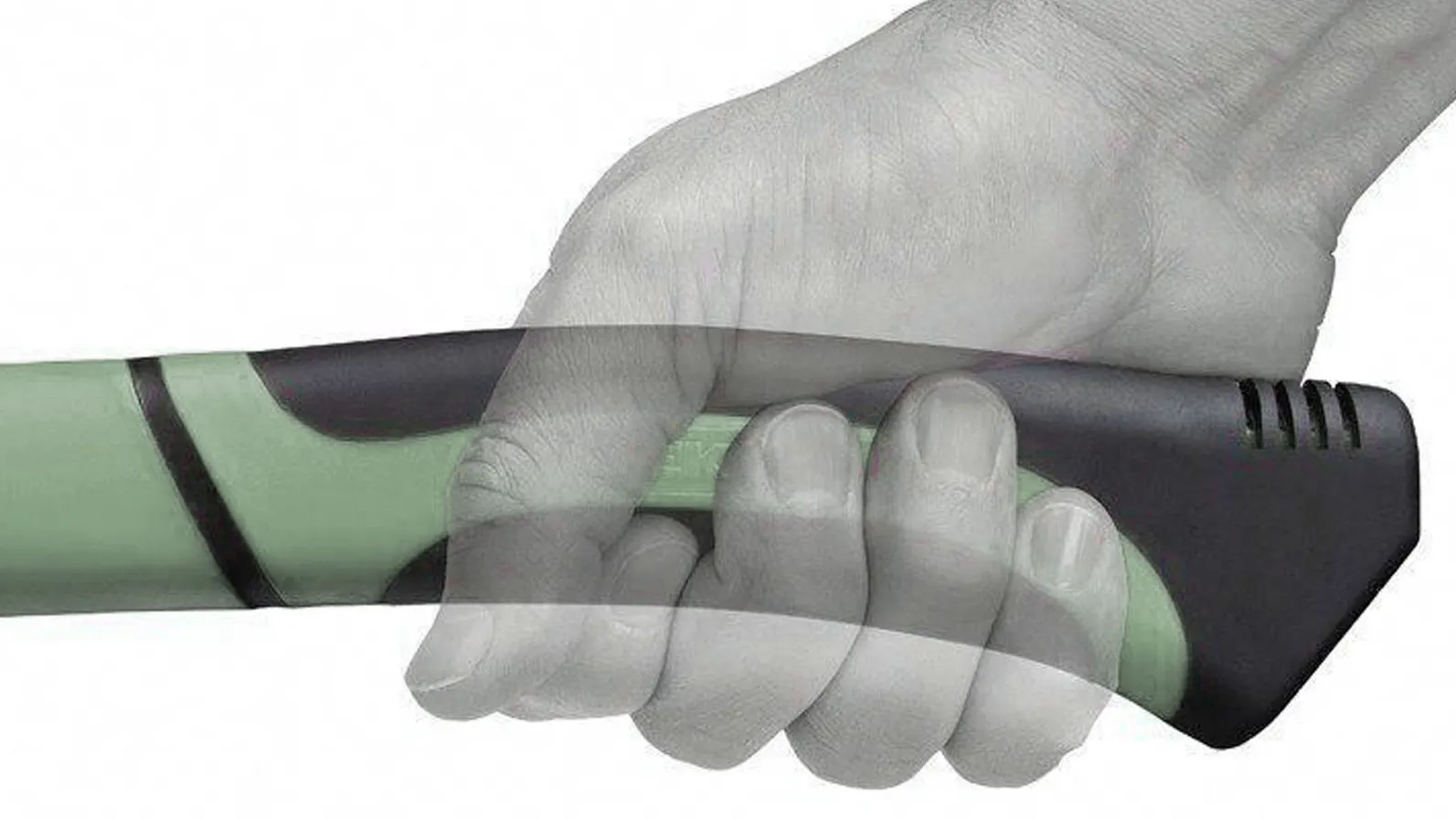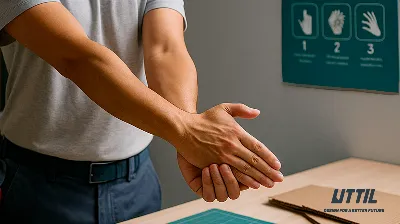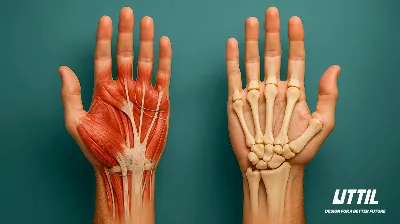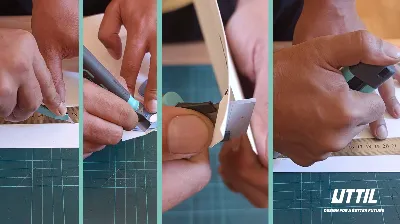The Critical Role of Ergonomics in Cutting Tools: Utility Knives, Snap-Off Knives, and Box Cutters
Ergonomics is the science of designing tools, equipment, and systems that are comfortable, efficient, and safe to use. When it comes to cutting tools, such as utility knives, snap-off knives, and box cutters, ergonomic design is a critical factor that should not be overlooked. In this blog post, we will discuss the importance of ergonomics in cutting tools, the benefits it provides to users, and how it specifically applies to utility knives, snap-off knives, and box cutters.
Why Ergonomics Matter in Cutting Tools:
Ergonomics plays a vital role in cutting tools because it
affects how comfortable and safe the tool is to use. A well-designed cutting
tool that fits comfortably in the hand and is easy to grip can reduce the risk
of hand fatigue and injury caused by repetitive motions. Additionally,
ergonomic design can improve accuracy and precision, resulting in more precise
cuts and less waste.
Ergonomics in Utility Knives, Snap-Off Knives, and Box Cutters:
Utility knives, snap-off knives, and box cutters are all cutting
tools that serve specific purposes, but they share a common need for ergonomic
design. Here's how ergonomic design applies to each of these cutting tools
Ergonomics in Utility Knives:
Utility knives are a
popular cutting tool used in a variety of applications, from construction and
manufacturing to DIY projects and household tasks. An ergonomic handle can
reduce hand fatigue and prevent slips and accidents, making the tool safer and
more comfortable to use. Additionally, many modern utility knives feature a
blade locking mechanism that prevents accidental blade retraction, further
enhancing the tool's safety.
Ergonomics in Snap-Off Knives:
Snap-off knives
feature a retractable blade that can be snapped off when it becomes dull,
providing a fresh edge for continued use. These knives require a firm grip and
steady hand for precise cutting. An ergonomic handle can improve the user's
grip and control, resulting in more accurate cuts and less waste. Some snap-off
knives also feature a blade locking mechanism that prevents the blade from
retracting during use, further enhancing the tool's safety.
Ergonomics in Box Cutters:
Box cutters are simple
cutting tools used primarily for opening boxes and cutting through cardboard,
paper, and plastic. An ergonomic handle can provide a comfortable grip and
reduce the risk of slips and accidents, making the tool safer and more
efficient to use. Additionally, many box cutters feature a retractable blade
that can be locked in place for added safety.
In conclusion, ergonomic design is critical for cutting
tools, including utility knives, snap-off knives, and box cutters. Ergonomic
design can improve user comfort and safety by reducing hand fatigue and
preventing slips and accidents. When selecting a cutting tool, it's essential
to consider the ergonomic design and choose a tool that fits comfortably in
your hand and provides a secure grip. With an ergonomic cutting tool, you can
work more efficiently and safely, resulting in more precise cuts and less
waste.
UTTIL realises its designs by using the latest
ergonomics data in all the products it has developed and is developing.
Designing knives and handles in such a way that the user can perform their work
in the best way is the most important design step in UTTIL. UTTIL
constructs a unique ergonomics understanding by defining sustainable product
qualities on top of the existing ergonomics definition.








